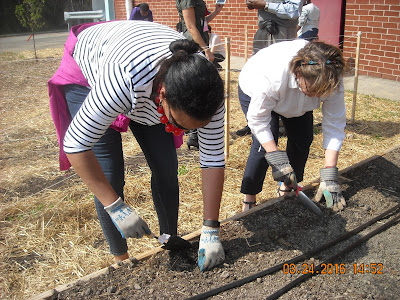Is your water bill unusually high? If you
haven’t increased your usage significantly, you may have a water leak. There
are several ways to check for a leak. One way is to check the indicator on your
water meter. Make sure there is nothing inside using water. After ensuring
this, go to your meter (under meter cover) and see if the usage indicator (blue
dial) is turning. If it is, then water is flowing through and could indicate a
leak in the water service line between the meter and your home or building. It
could also indicate that water is being used inside the home or building.
To determine if
you have a leak in your water service line, close off the main valve* to your
home and look at your water meter. If the indicator is turning, this is an
indication you have a leak in the pipe between your water meter and the main
valve to your home. It could also mean that the main valve is not shutting off
water completely.
If the
indicator on your water meter was turning but stopped when you shut off the main
valve, this indicates that something inside is using water. With the main valve
open (and the indicator on the meter turning), turn off the valve to individual
fixtures (toilets, sinks, etc.) one at a time. Check the indicator each time
you turn off a fixture valve to see if it stops turning. If it does, the last
fixture turned off is the culprit.
Toilets can
often be the cause of a “mystery” water leak. Open the cover on the tank. If
the water level is above the overflow tube, there is a problem. The water level
should be approximately ½ inch or so below the top of the overflow pipe. Adjust
the float level, so that the water is turned off at that level. If the valve
controlled by the float is leaking, it may need to be replaced.
Toilet leaks
can also be due to a leak at the flapper valve that lets water flow into the
toilet bowl. To test for this, put a drop or two of food coloring into the tank
(not the bowl). Wait about 10 minutes and see if the colored water shows up in
the bowl. If it does, your flapper valve may need to be replaced.
*Usually the
main water valve is located where the water supply pipe enters your home or
office. It may be near your clothes washer or hot water heater. In some cases,
it may be located under the house in the crawl space. Be sure to locate and
mark the main water valve before you need it. That way, you will be able to
find and close it quickly should a water leak occur.









